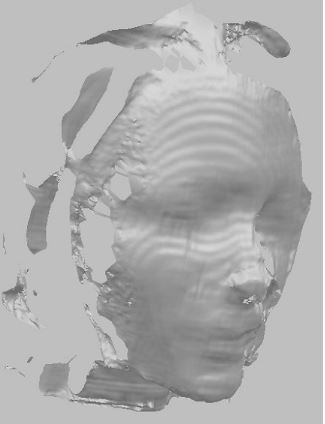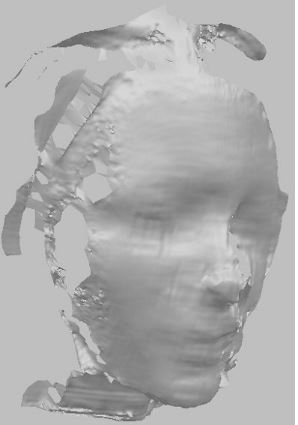Stereo enhancements in Triclops v3.2.x.x SDK library
Last Revision Date: 6/5/2014
This article describes the main feature enhancements introduced between the last 3.1.3.x version of the Triclops SDK and version 3.2.x.x.
Two new features have been added to the Triclops library to provide improvements in the accuracy of the stereo results. These are (i) enhanced rectification, which produces a more sound rectified image from the original raw image data, and (ii) an enhanced stereo algorithm, which increases stereo accuracy by correcting for an inherent bias in the subpixel estimation algorithm.
While the original (standard) Triclops algorithms were optimized for speed, the new options provide more accurate data at a slower effective frame rate (see table 1 below). Both options improve the data "at a subpixel level", which may not have a visible effect when viewed at 8-bit resolution. However, for people using the new model-building functionality, for example, where several images are averaged to reduce noise, a substantial improvement may be achieved (see figs. 1a and 1b). Indeed, anywhere that speed is not a critical issue, the new features may be used provide higher quality data.
Users can easily add the new options to existing code simply by calling one of the new functions from the API when initializing the state of their TriclopsContext. The function triclopsSetRectImgQuality(...) allows the user to switch between the current standard and two enhanced rectification modes, while triclopsSetStereoQuality(...) toggles between the current Triclops algorithm and the improved stereo algorithm. (If neither are called, the settings default to the current standards.) In addition, the latest version of DigiclopsDemoII allows access to the new functionality from a new Group Box labeled "Advanced Options", visible on the Stereo Params dialog.
Users can download the Alpha versions of this software from the Downloads section.
RE = Rectification Enhanced
| Standard | RE-1 | RE-2 | Enhanced Stereo | Enhanced Stereo + RE-2 | |
| 2-cam 320x240 | 63 | 11 | 9.3 | 30 | 6.2 |
| 3-cam 320x240 | 33 | 6.9 | 5.8 | 16 | 3.6 |
| 2-cam 640x480 | 15 | 2.8 | 2.3 | 7.5 | 1.6 |
| 3-cam 640x480 | 8.7 | 1.9 | 1.6 | 4.5 | 1.0 |
| Table 1: Timing of stereo processing (units are Hz). The camera used was a B&W low-resolution Digiclops, with the following settings: stereo mask 15, edge mask 11, surface validation ON, uniqueness validation ON, disparity range [0-31]. The software was run on a 2.4 GHz Pentium-4 machine under WIndows XP. | |||||

Figure 1a: 3d model of a head created by the model-building functionality in DigiclopsDemoII, with the standard Triclops stereo algorithm. The number of images used was 25, and randomly textured light was projected onto the face during model capture. Clear "furrows" are present in the reconstructed data.

Figure 1b: 3d model of the same head created by the model-building functionality in DigiclopsDemoII, but using both of the new stereo enhancements. The number of images used was again 25, and the same randomly textured light was projected onto the face during model capture. The "furrows" in the reconstructed data are essentially gone.
